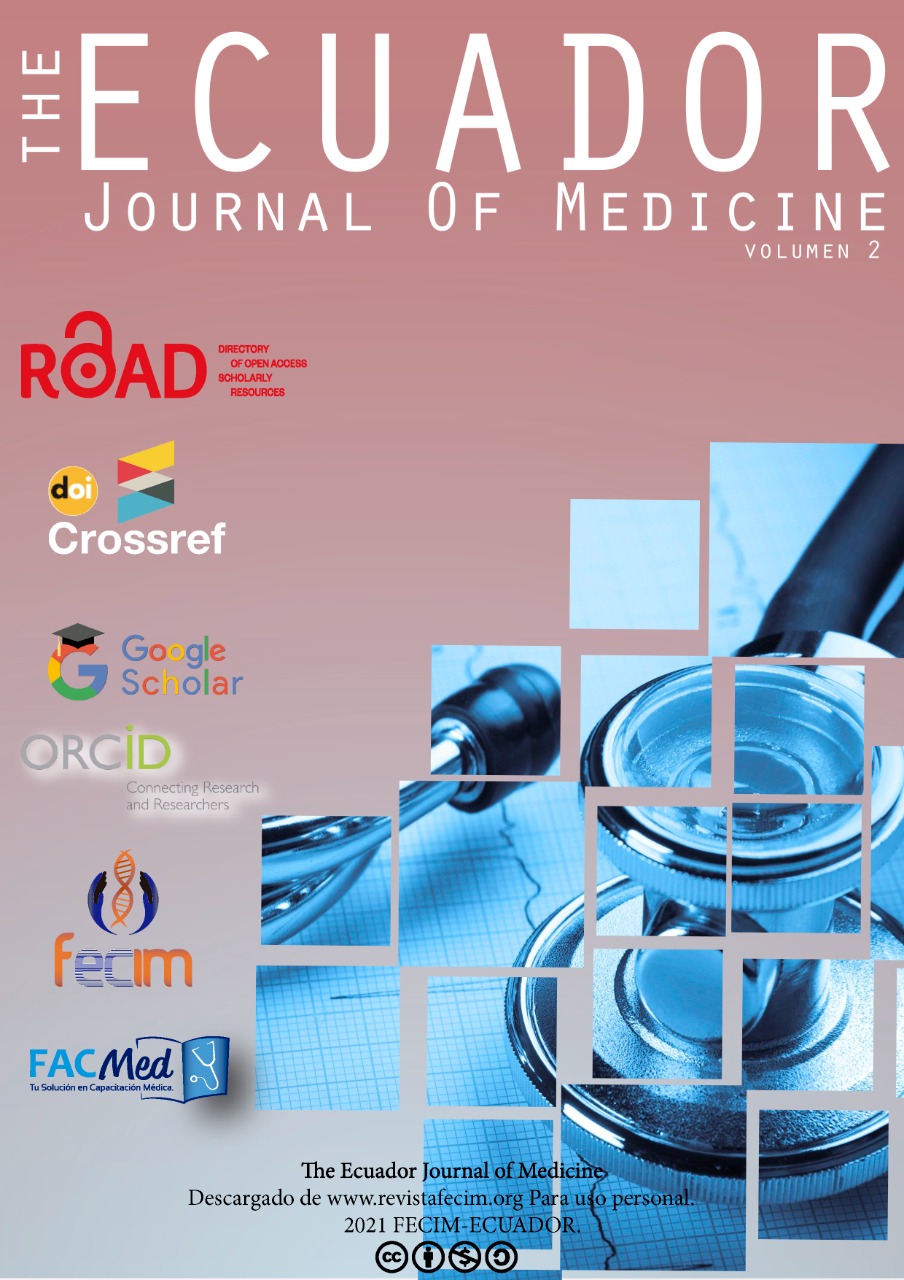Course of achalasia over more than a decade of failed treatments, literature review and case report.
DOI:
https://doi.org/10.46721/tejom-vol2iss2-2021-32-44Keywords:
Esophageal Achalasia, Heller myotomyAbstract
Achalasia is an esophageal motility disorder of unknown etiology characterized by aperistalsis in the lower two-thirds of the esophageal body and decreased or absent relaxation of the lower esophageal sphincter (LES), usually beginning insidiously, often with subclinical symptoms, which physicians often misdiagnose at the outset.
Objective: The purpose of this article is to analyze the case of a patient diagnosed with achalasia at 11 years of age, during the course of the pathology for 15 years, making a review of national and international literature.
Clinical case: 26-year-old patient reports dysphagia for solids and liquids, retrosternal pain, heartburn since he was 11 years old, he underwent 3 surgical interventions (Heller Myotomy + Dor fundoplication) and 3 dilatations, with the last surgery he reports improvement in the symptomatology however the retrosternal pain and heartburn are still present.
Methodology: A bibliographic review of national and international scientific articles of the last years was carried out.
Conclusions: Achalasia is associated with a decreased quality of life and a significant increase in mortality. Symptom improvement is the most relevant clinical parameter to define the success of surgical treatment, however, this goal is not achieved in a significant proportion of achalasia patients, as no current treatment provides a definitive cure and overall efficacy deteriorates with time.
Downloads
Published
Issue
Section
License
Copyright (c) 2021 María José Naranjo Lara, Patricio Alexander Naranjo Lara, David Alejandro Haro Esparza, Karen Andrea Maldonado Cajamarca

This work is licensed under a Creative Commons Attribution-NonCommercial-ShareAlike 4.0 International License.





